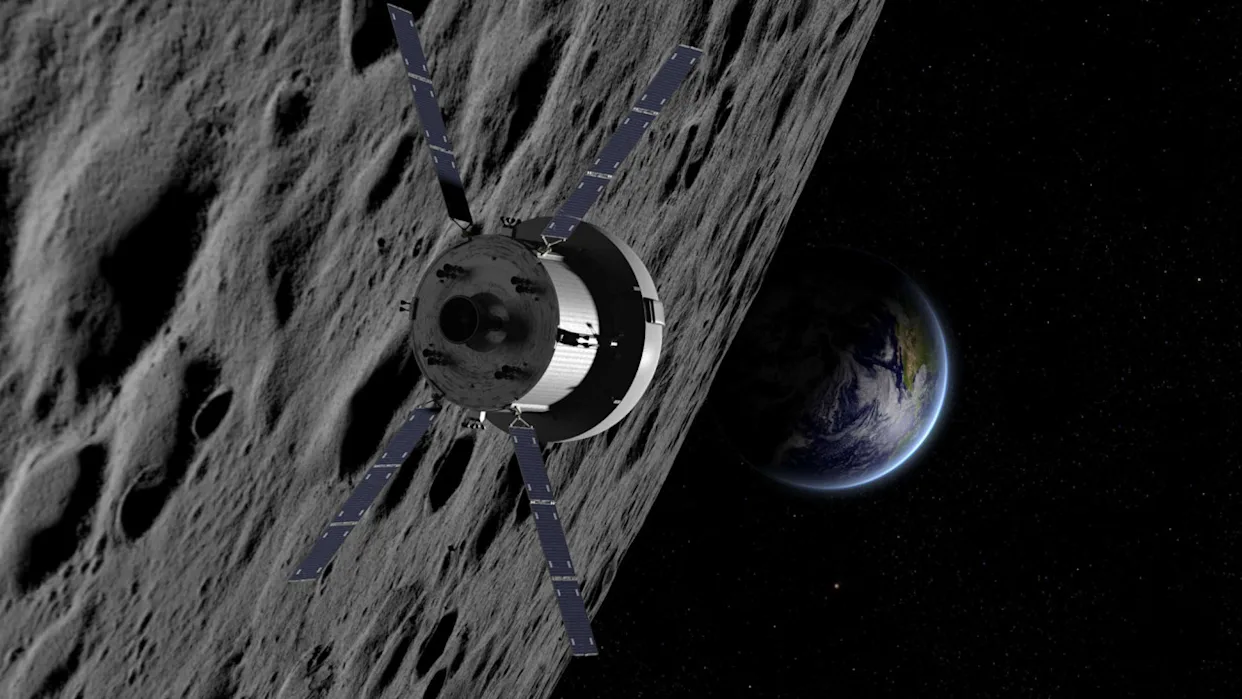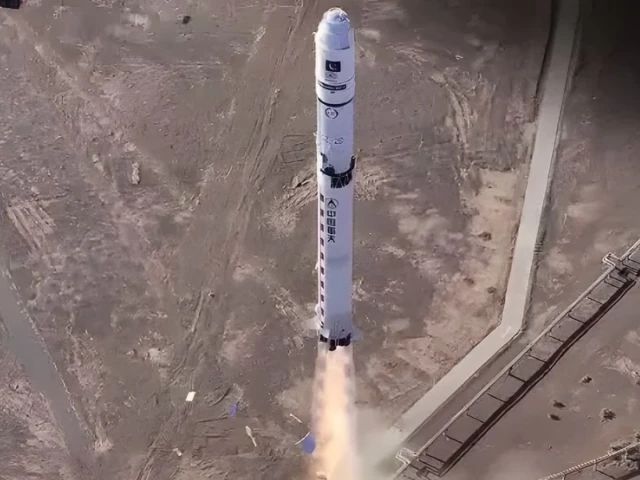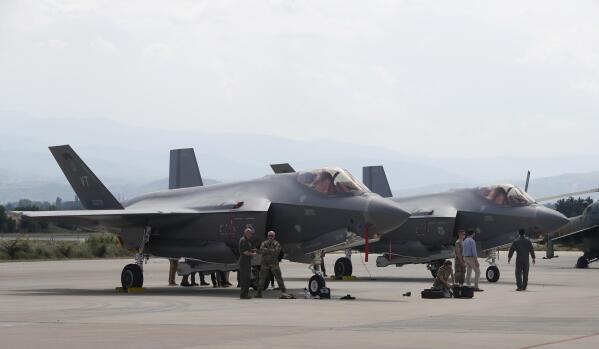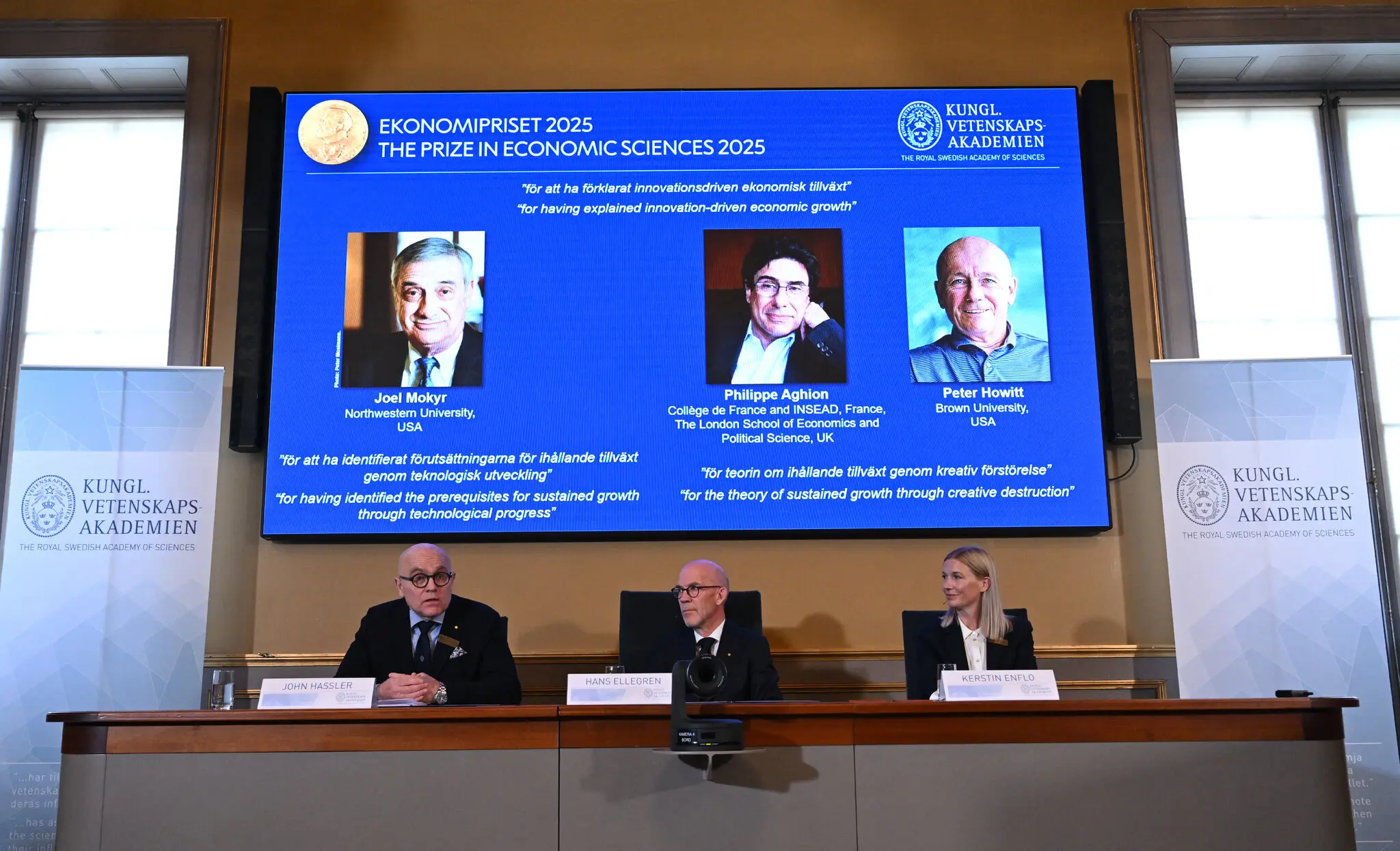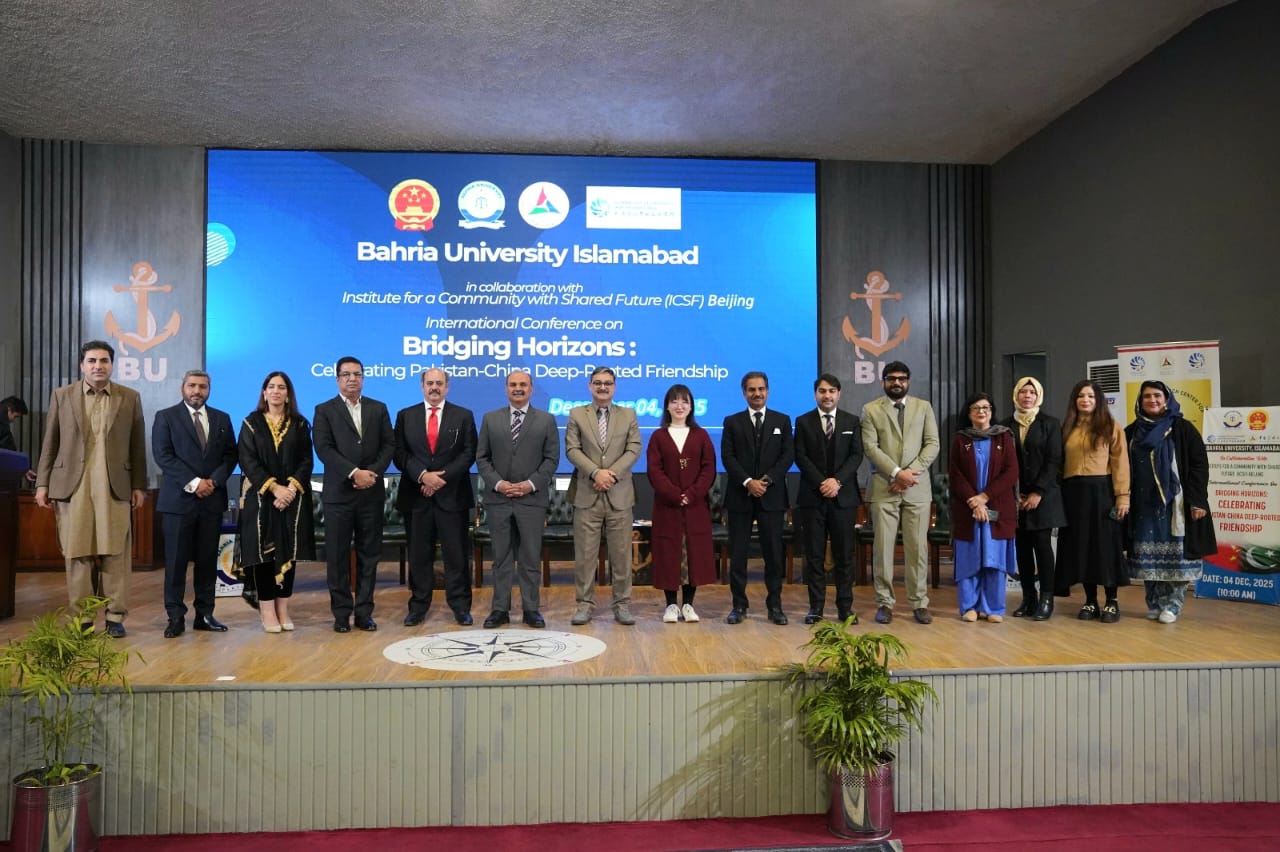Cape Canaveral, October 13, 2025 – The Europe Today: NASA’s Artemis II crew is scheduled to launch from Cape Canaveral as early as February, embarking on a mission that will swing around the Moon before returning to Earth. This mission marks a pivotal step toward returning humans to the lunar surface for the first time in more than 50 years and is part of NASA’s broader Artemis program, which aims to establish a sustained human presence on the Moon and eventually prepare for missions to Mars.
Unlike the Apollo missions of the 1960s, Artemis is not solely focused on exploration and sample collection. Sustaining a long-term presence on the Moon requires innovative solutions for energy and infrastructure, particularly given the lunar environment of roughly 14 days of sunlight followed by 14 days of darkness.
In this context, Canada is stepping forward with nuclear energy solutions. The Canadian Space Agency (CSA) recently awarded $1 million to the Canadian Space Mining Corporation (CSMC) to develop a low-enriched uranium micro modular reactor for lunar deployment. These reactors, much smaller than traditional nuclear facilities, would be partially autonomous and designed to operate in the Moon’s harsh conditions, where conventional cooling methods like water or air are unavailable.
“The international community is working together to establish a permanent presence on the Moon,” said Daniel Sax, founder and CEO of CSMC. “Canada is contributing through its technological expertise, following its history of space innovations such as the Canadarms and technologies deployed to Mars and distant asteroids.”
MDA Space, a Canadian company that built the Canadarms, has also received CSA funding to develop algorithms and autonomous plant management tools for lunar nuclear systems. Sax emphasized that while these reactors are intended for lunar use, the technology could also support remote and Indigenous communities in Canada, reducing reliance on diesel power.
Experts note that deploying a nuclear reactor on the Moon presents unique challenges, including low gravity, the absence of an atmosphere, and safe disposal of spent fuel. “We’ll have to think about nuclear waste disposal, but design considerations will come first,” said Jamie Noel, chemistry professor at Western University.
As Artemis II moves humanity closer to a sustained lunar presence, Canada’s contribution highlights the intersection of space exploration, advanced technology, and practical applications on Earth. Sax remains optimistic: “Humans will continue exploring. If we can enable that exploration while providing environmental and economic benefits here on Earth, it’s something incredible to be part of.”
